
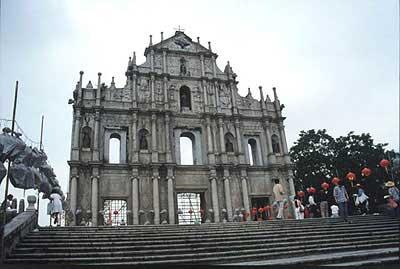 |
| The Historic Centre of Macao (CNTV) |
Date of Inscription: 2005
Chinese name: Ao Men Li Shi Cheng Qu
English name: The Historic Centre of Macao
Based on the standards C(ii)(iii)(iv)(vi) for selecting cultural heritage, the Historic Centre of Macao was listed in the World Cultural Heritage List in 2005
The Historic Centre of Macao is an area of historic blocks, of which, the core part is the old town of Macao. The blocks are connected by the squares and streets among them, including the Barra Square, Lilau Square, St. Augustine’s Square, Senado Square, Cathedral Square, St. Dominic's Square, Company of Jesus Square, and Camoes Square. The Centre contains over 20 historic buildings including the A-Ma Temple, Port Authority Building, Mandarin House, St. Lawrence Church, St. Joseph Seminary and Church, Dom Pedro V Theatre, Sir Robert Ho Tung Library, St. Augustine Church, Leal Senado Building, Sam Kai Vui Kun Temple, Holy House of Mercy, Cathedral, Lou Kau Mansion, St. Dominic Church, St. Paul Ruins, Na Tcha Temple, Section of Old City Walls, Mount Fortress, San Antonio Church, Casa Garden, Protestant Cemetery, and Guia Fortress (including Guia Lighthouse and Chapel).
In the Historic Centre of Macao, the essence of the cultural exchanges between China and western countries in the past over 400 years are well preserved. It is China’s oldest, largest, best preserved and concentrated historic urban area which mainly consists of western-style buildings but also has many Chinese-and-western-style buildings. It is an important historic proof of the western religious culture spreading in China and the Far East. It is also the fruit of the cultural exchanges and co-existence between China and western countries in the past 400 years.
Multi-existence and harmonious integration
In the middle of the 16th century, required by the new foreign trade situation, the government of the Ming Dynasty appointed the southwestern part of the Macao Peninsula as the place for foreign people, mainly the Portuguese people, to live and carry out trade activities. Then, Macao developed into the most important foreign trade port of China and also an important international port in Asia before the 19th century. The prosperity of trade in Macao attracted many people from around the world to move to Macao, and finally, an international city where Europeans, Asians, Africans and Americans lived together emerged. The Portuguese called this wall-surrounded city the “City of the Holy Name of God,” and the current Historic Centre of Macao was its core part.
During the past over 400 years, many people move to Macao bringing different cultures, concepts, professional skills and social customs from different countries and regions of the world, including Portugal, Spain, Holland, the U.K., France, Italy, the U.S., Japan, Sweden, India, Malaysia, Philippines, Korea and even Africa. They built houses, churches, roads, fortresses and even cemeteries in the city, and started their colorful lives and various cultural activities. In this situation, Macao became the earliest and most important place of China in contacting modern western materials and cultures, and also a bridgehead for China to contact western culture. Meanwhile, the foreign people living in Macao also introduced all the traditional Chinese culture, concepts and social customs they saw in Macao to the world. Macao had become a window for the world to learn about China.
As foreign people began to settle in Macao, they also brought their traditional architectural technologies to Macao, making Macao the first place in China to adopt modern western architectural technologies. Especially, the architectures built by the Portuguese in Macao were extremely similar to Portugal’s local architectures in all the aspects. In fact, Macao’s architecture is pretty unique, because they were built based on the main western architectural forms and styles that emerged after the “Revival of Learning,” but also absorbed many Asian architectural elements from different places.
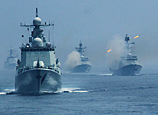




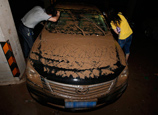


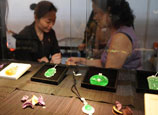
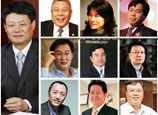






 Rainstorms flood more than 10,000 cars in underground garages in Wuhan
Rainstorms flood more than 10,000 cars in underground garages in Wuhan


![]()
